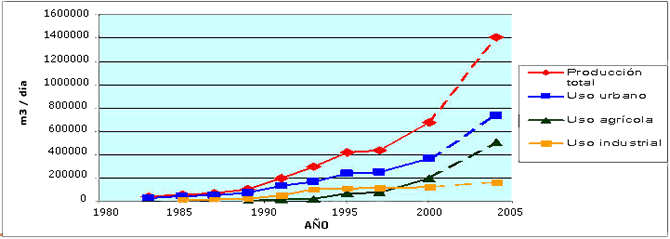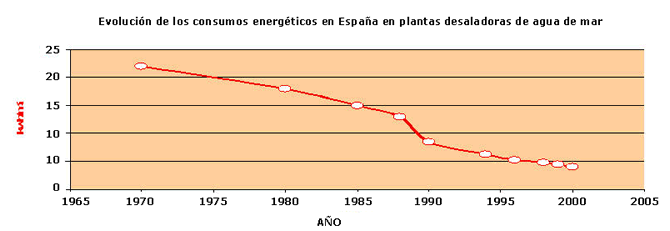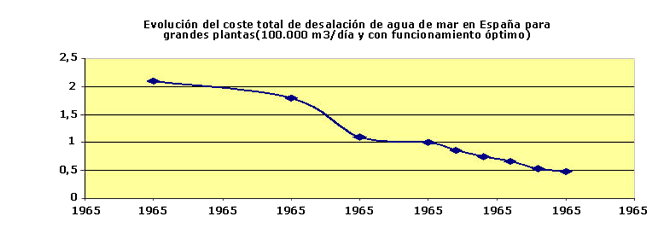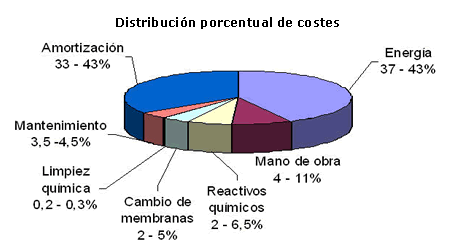Numbers on…
Nº 1, april
Desalination
"Currently,the global market of desalination represent about 35,000 million dollars by year and could be duplicated in the next 15 years" (UNESCO)
Witha growing population, desertification and environmental destruction, as well as increasing preoccupation by water shortages, many countries in the world are developing desalination plants to convert the salt water (seawater, brackish water or waste water treatment) into potable water.
The technological innovation has contributed to improve the efficiency of the desalination and in the descend of the prices. The innovation in the use of the energy, as it is the solar energy, the advances in nanotecnology and molecular technologies has elevated the efficiency of the desalination. This situation has given new impetuses to this old technology, considered like a luxury. The global market of the desalination represents about 35,000 million dollars and can be duplicated in next the 15 years. At the moment the growth of the desalination in an annual 15% is considered. The more important increases are expected in Asia, concretely in China.
In2002 there were about 12,500 desalination plants distributed in 120 countries around the world. These plants produce more than 14 million m3/day of potable water. This figure represents less than 1% of total global water consumption. The main users are in the Middle East (about 70% of world capacity) - mainly Saudi Arabia, Kuwait, UAE, Qatar and Bahrain- and North Africa (6%), especially Libyaand Algeria. Counting the industrialized countries, the United States (6.5%) is the main consumer (California and part of Florida). Other countries have less than 1% of world capacity.
It´s expected thatthe desalinated water in this countries increases and this water will be apply to new countries as a cheaper alternative for water supply.
More information: http://www.unesco.org/water/wwap/wwdr/pdf/chap4.pdf
Costs of desalination
Historically, in spite of high cost, the desalination was limited to industrial applications that required potable water of high quality. Nevertheless, as it has been mentioned previously, the technological advances in the last 30 years have cause to a reduction in the costs due to the reduction of the equipment price, energetics demands and the know-how in the water treatment.
In 1988the total cost of desalination was about $ 1.7 million, in 2000 the cost was reduced to about 0.7 million.
More information: "Costes de desalación, revisión 2005" (Source: Centro Canario del Agua)
Desalted water in Spain
The following information hasbeen extracted from the website of the Spanish Desalination and Water Reuse Association (AEDyR)
Evolutionand use ofdesalinated water inSpain:

The previous image indicates that the desalted water consumption has been duplicated in Spain. From 0.7 hm3/day in the year 2000 to 1.4 hm3/day in 2004.
Evolution of energy consumption in seawater desalination plants in Spain:

The previous graph shows that the power consumption has increased from 8 KWh/m3 in 1990 to f 3 KWh/m3 in 2005.
Cost of desalinate water

The costs have decreased from 1 euro/m3 in 1990 to 0.5 euros in 2000. In 2005 there is a tendency to maintenance costs and energy consumption tends to decrease but the cost of energy tends to increase.
Percentage distribution of costs:

Uses of the water in Spain: these uses are distribuye in domestic cosumption (55,4%), agriculture (22,4%), industry (18,5%) y finally tourism (3,6%)




